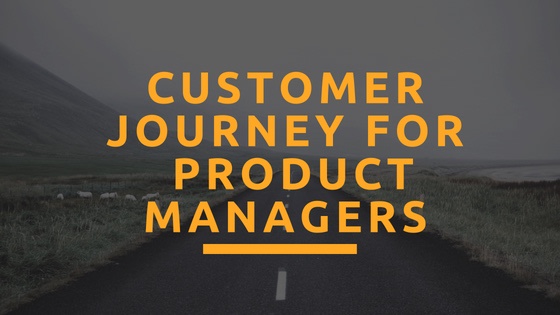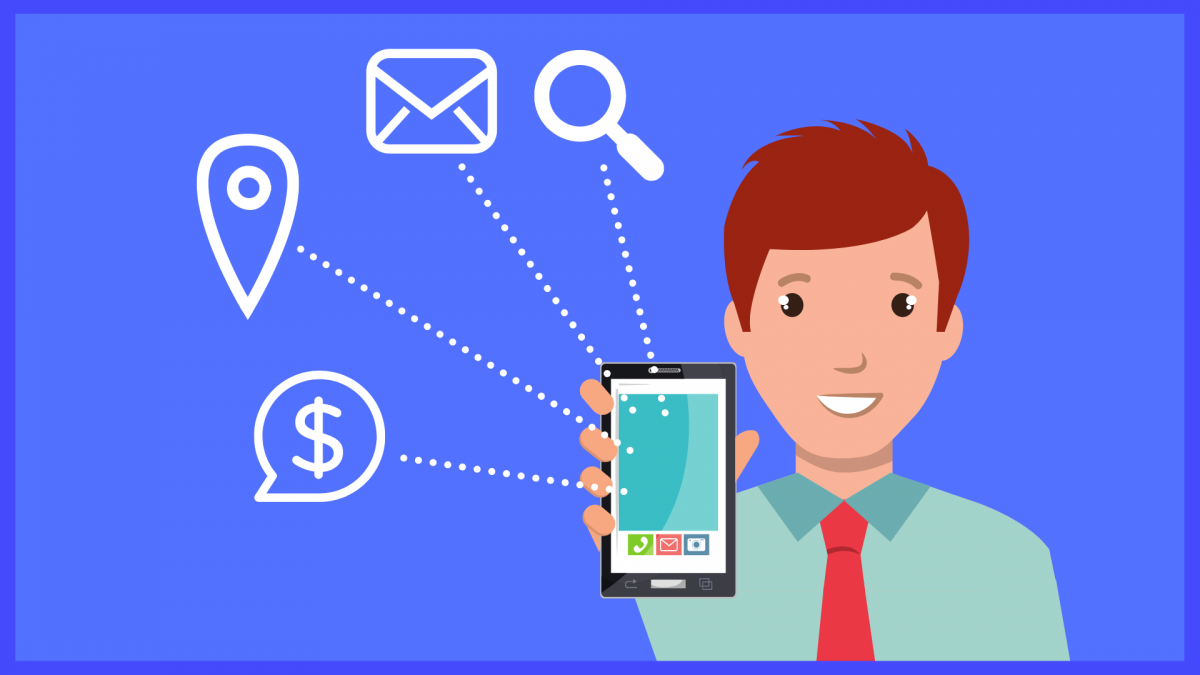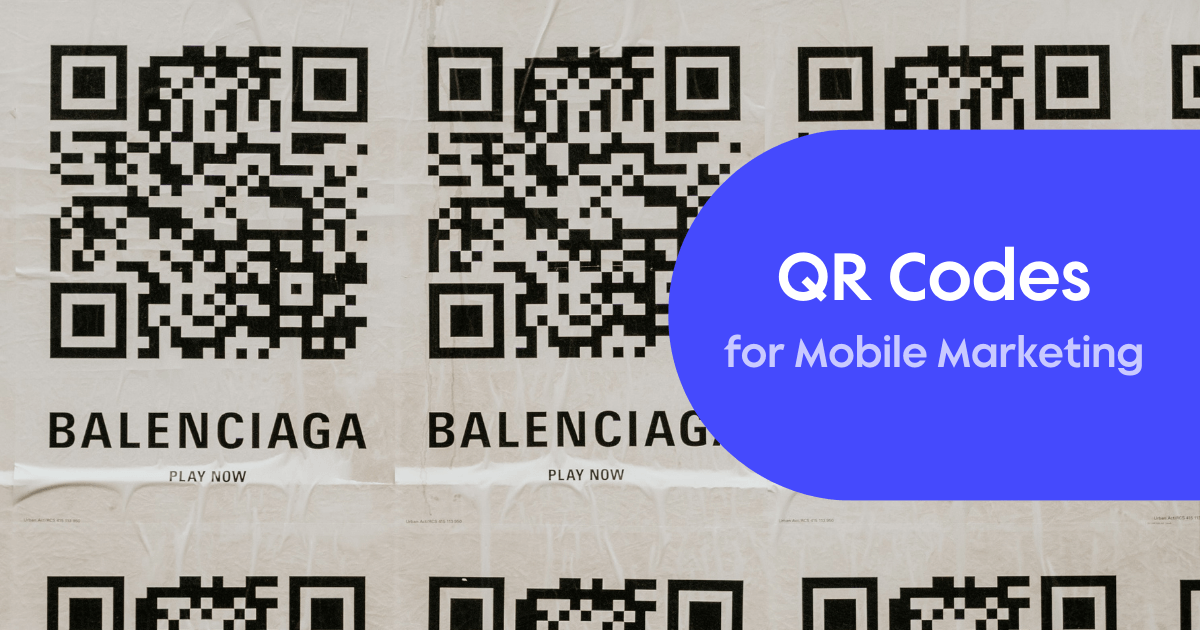Customer Journey Stages: The Complete Guide for Product Managers
PUBLISHED
22 August, 2018

Content Manager

To satisfy your user, you have to start thinking like a user and not like a product manager.
“…maximizing satisfaction with customer journeys has the potential not only to increase customer satisfaction by 20 percent but also to lift revenue by up to 15 percent while lowering the cost of serving customers by as much as 20 percent. ” – McKinsey
Do you know what the customer thinks along their journey to purchase your product? If you want to provide the best product to your potential customers, you should learn what the user journey is.
There are three steps before a customer purchases a product: Awareness, Interest, and Research.
In this article, you will learn more about these customer journey stages. You will learn to understand your users better.
6 Stages of the Customer Journey
Let's start with a deep understanding of the 6 stages of the Customer Journey;

Awareness
What the user thinks: He knows that he has a problem, an issue. Nothing more, nothing less, and especially not what a solution could look like.
What to do next as a Product Manager: Arouse the customer’s interest. Let him know that your product or company exists and give him the first information and let him get in touch with your product for the first time. For this, you can talk with your marketing team and develop a strategy on how to communicate.
Interest
What the user thinks: If you made everything right at the first step, the user knows your product and enters the next step of the user journey.
You have aroused the user’s interest, and now he wants to know more about your service.
What to do next as Product Manager: Make sure that you are findable online and/or offline. Give the user further and more detailed information. It is a must to do user research to get to know how to catch the user. Try to find out what the user is looking for.
Research
What the user thinks: He knows that he doesn’t want to buy the first product he sees. The user has a clearer picture of what the solution could look like, and now he wants to compare different products and companies.
What to do next as Product Manager: Show him that your product could solve his problems and satisfy his needs. What to do if your product doesn’t fit his problems? Don’t worry; your product will fit someone else! Also, make sure that your product solves a problem in the first place.
Purchase
Congratulations: The user wants to buy your product. You should design the purchase as easy as possible for him. A fast, easily understandable, and self-proclaiming process is the most comfortable for the customer.
Experience
What the user thinks: The user makes his own experiences with the product. He has the chance to influence the user journey of other users, e.g., posting on social media or writing reviews.
Do you know: 76% of customers read online reviews a minimum of half of the time before purchasing the product.
What to do next as a Product Manager: You should make sure that someone communicates with your customer and makes them feel cared for and safe. Moreover, you can ask the customer for a review if there are any indicators that the customer likes your product. These indicators can differ depending on what kind of product you sell. For an app, it could be the constant use of the app.
Re-Purchase
What the customer thinks: If the customer had positive experiences with your product and trusts in your company, he could be interested in using more of your products or in upgrading his already used products.
What to do next as Product Manager: Stay in contact with your customer and give them the chance to buy more of your products or use more of your services. There are many ways to offer your customer more of your products, e.g. an offer in a newsletter or a separate page in an app.
The right content for the stages of the user journey
Most of the time, your customer has a problem or a need, and he is looking for a solution to solve this problem. Now it’s your turn.
You, as a Product Manager, can influence how the marketing team creates the content for your product. Make sure that they create the right content to give your customer the right information at the right time of the user journey.
Because of this content, the customer could decide whether your product fits his needs or not.
This passage will focus on two different kinds of content. Awareness and research content.
Awareness Stage Content
Goal: Inform the user and show him what a solution could look like. Lead him to the Research Stage without giving him the feeling he is compelled to buy.
What to do: Focus on the user’s problems and issues and get him to trust in your product and company. Avoid aggressive promotion of your product. Don’t start your content by promoting your product. Create content that shows the user what a solution could look like and tell them gently that your product can help them to reach this goal.
The right content: The most powerful channels during this stage are search engines, official websites, newsletters, or emails.
Research Stage Content
Goal: The user has a clearer picture of his problem and what a solution could look like. But he still hasn’t decided which product he wants to buy. Get him to decide on your product.
How to: Show your user why he should buy your product. Give him more information about that in the Awareness stage and let him know what you can offer him and why you offer the best product for him.
The right content: You can link from Awareness Content to Research Content or a landing page. Moreover, you can provide your lead with downloadable resources like ebooks, guides, and templates. Another type of content you could provide is comparisons to show why your product is a fantastic choice compared to other products and companies. Demo versions of your product are also great. They give the customer an insight into what you offer.
How we at UXCam can help you: If you run a mobile app, UXCam will help you with User Journey Analysis.
AUTHOR

Annemarie Bufe
Content Manager
Passionate hobby dancer. Working at UXCam.
What’s UXCam?
Related articles
Product best practices
Mobile Marketing: The Ultimate Guide to Become an Expert
A systematic, reliable and proven guide on how to increase app installs via mobile...

Annemarie Bufe
Content Manager
News & Trends
Leverage QR Codes to Boost Your Mobile Marketing
QR codes offer a cost-effective way to leverage mobile marketing to drive customer engagement and...

Akshay Deogiri
Product best practices
Mobile Marketing: Advantages and Disadvantages
Mobile Marketing can increase your app installations significantly. However, a lot of thought and experience needs to be put behind a mobile marketing campaign to find the best...

Jonas Kurzweg
Growth Lead


